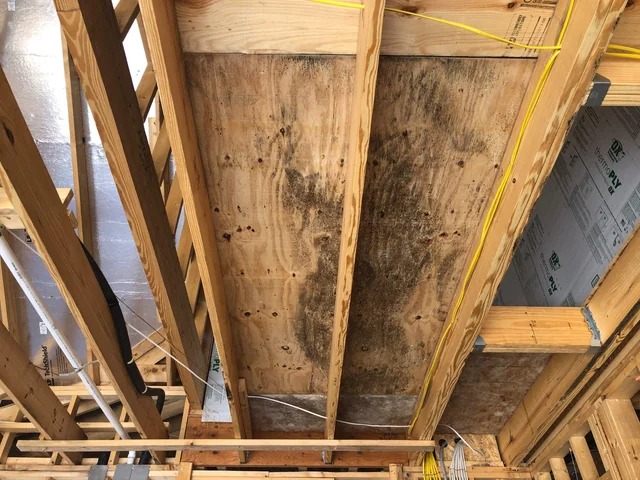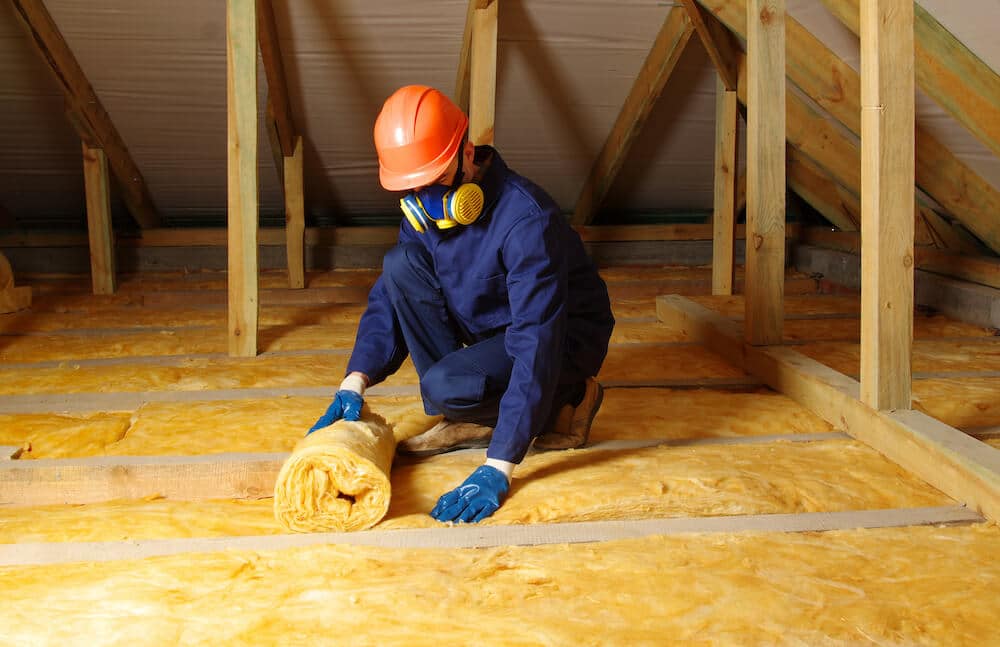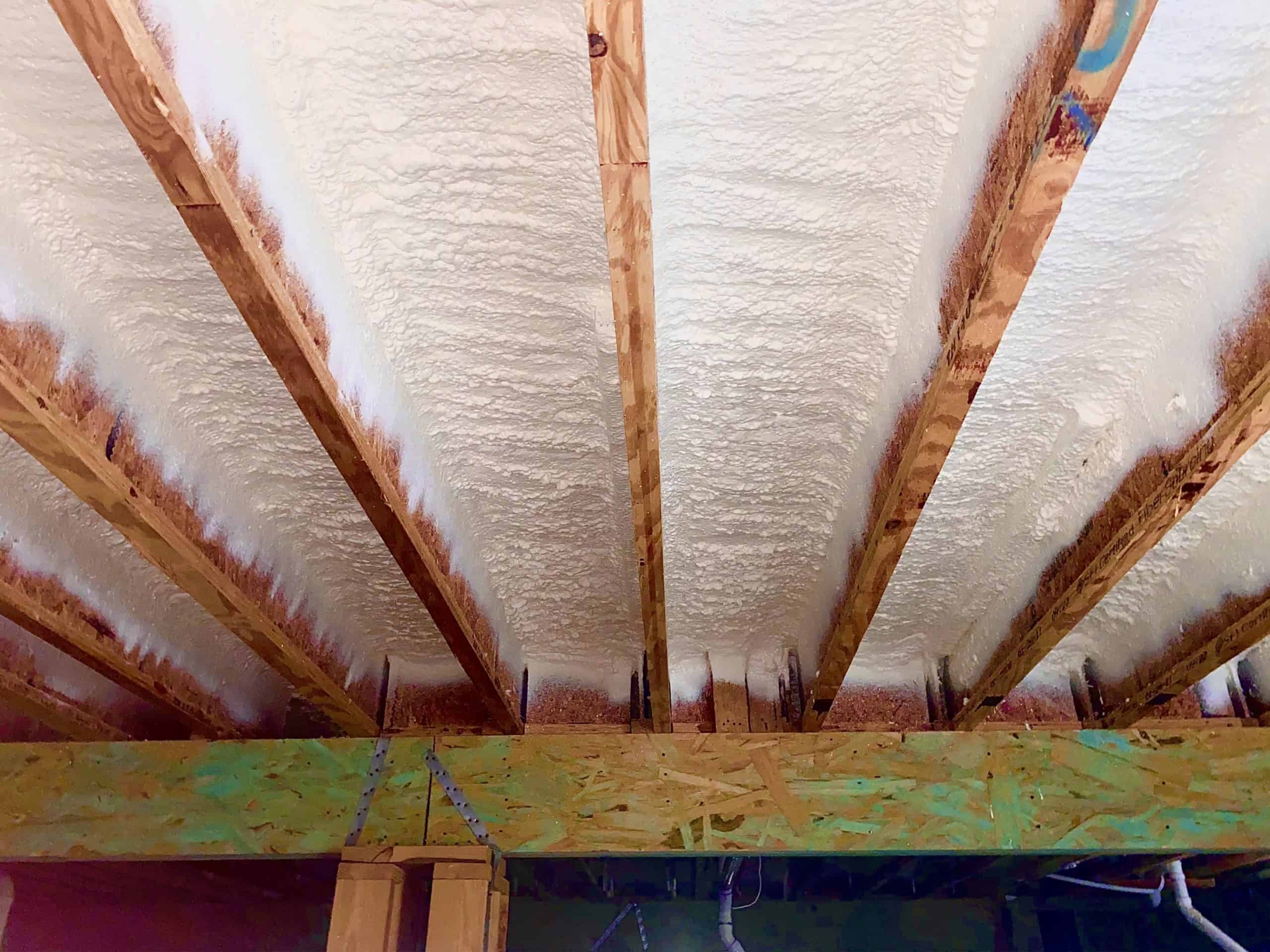Why Dripping Springs, TX Homeowners Are Upgrading Their Insulation Now

Homeowners in Dripping Springs are rapidly upgrading their insulation due to rising energy costs, extreme temperature swings, and the need for improved indoor air quality. The region’s climate—marked by hot summers and fluctuating winters—demands thermal protection that outdated or poorly installed insulation simply cannot provide. These upgrades are not aesthetic—they’re functional, necessary, and driven by real-world performance data.
This article breaks down the key reasons for this shift, shares firsthand insights from experienced installers, and includes comparison tables to help make sense of evolving insulation choices. All technical data is provided clearly for straightforward decision-making. Reviewed by Sophia White, who has 8 years of experience in insulation systems, the information below reflects practical expertise trusted by property owners across Central Texas.
Energy Loss and Utility Bill Spikes Are Pushing Homeowners to Act
Texas homes lose significant energy through uninsulated or poorly sealed attics, crawlspaces, and walls. As a result, residents experience irregular temperatures and pay for it monthly.
Bonus Tip: In Dripping Springs, utility costs tend to peak during July–August and December–January. Upgraded insulation lowers HVAC strain during these months.
Technical Impact of Insulation Upgrades in Central Texas
| Factor | Old/Minimal Insulation | Upgraded Insulation |
| Attic Temp Variation | ±25°F from outdoor temp | ±5°F from outdoor temp |
| HVAC Runtime Per Day | 10–12 hours | 4–6 hours |
| R-Value Range | R-11 to R-19 | R-30 to R-49 |
| Monthly Cooling Costs (Avg.) | $250–$350 | $125–$180 |
| Humidity Control | Poor | Controlled (45-55%) |
Source: Energy.gov; Local HVAC Benchmarking Report, 2024
Climate-Specific Considerations for Dripping Springs Homes
Central Texas presents a unique thermal challenge—blistering heat paired with cold snaps. Materials need to perform under both extremes.
What Works Best in This Region
| Insulation Type | Heat Resistance | Moisture Control | Longevity | Ideal Use |
| Open Cell | Moderate | Low | 10–15 years | Interior walls, ceilings |
| Closed Cell | High | High | 20–30 years | Crawlspaces, attics, exterior walls |
| Cellulose | Moderate | Low | 10–20 years | Attics (dry only) |
| Fiberglass Batt | Low | Low | 10–15 years | Interior walls |
| Radiant Barrier | Reflective only | N/A | 15–20 years | Attic roof deck (supplemental) |
Bonus Tip: Closed cell is the only material that effectively resists vapor intrusion in Dripping Springs’ high-humidity conditions, especially in shaded areas with minimal air movement.
Homeowner Priorities Are Changing Fast
Many property owners are rethinking insulation after experiencing:
- Drafty rooms despite running HVAC constantly
- Roof condensation or attic moisture
- Pest intrusions through vented crawlspaces
- Noise transfer between rooms and from outside
The shift is not just functional—homeowners are realizing poor insulation directly affects air quality, comfort, and resale value.
According to the National Association of Realtors (2024), upgraded insulation ranks among the top 5 home improvements with the highest return on investment in the southern U.S.
Things to Consider Before Making a Decision
Before committing to any insulation upgrade, evaluate the following:
- Age of existing insulation: Materials degrade over time. Anything over 15 years old is likely underperforming.
- Location of heat loss: Use thermal imaging or blower door tests to find problem zones.
- Moisture exposure: Areas like crawlspaces or basements require closed-cell solutions.
- Local code requirements: R-values required for Dripping Springs may differ from other Texas cities.
- Budget vs. long-term savings: Some materials cost more upfront but offer 2x the life expectancy.
Bonus Tip: Prioritize air sealing alongside insulation. Even the best material fails if leaks exist in ducts, vents, or wall joints.

Services for Modern Insulation Upgrades
The following services address both new installations and retrofits for homes in and around Dripping Springs:
- Residential Insulation: Comprehensive home energy assessments and customized insulation solutions for thermal performance.
- Open Cell Insulation: Lightweight solution ideal for interior walls and noise control.
- Closed Cell Insulation: High R-value and vapor-resistant insulation for structural support and energy retention.
- Commercial Building Insulation: Durable and code-compliant materials for business and multi-use properties.
- Cellulose Insulation: Eco-friendly attic insulation made from recycled material.
- Attic Insulation: Targeted installations for reducing radiant heat transfer and HVAC load.
- Insulation Removal: Safe extraction of outdated or contaminated materials.
- Crawlspace Insulation: Moisture-resistant solutions for damp-prone areas.
- Wall Insulation: Solutions to reduce sound transmission and air leakage between rooms.
Common Questions Homeowners Ask Before Upgrading
Should insulation be upgraded before or after HVAC replacement?
Yes, insulation upgrades should always come before HVAC sizing or replacement. Better insulation may reduce the size—and cost—of the system required.
Is it necessary to remove old insulation?
In most cases, yes. Especially if it’s wet, moldy, or compressed. Old material can trap heat and moisture, working against the new system.
What’s the fastest way to determine if insulation is underperforming?
Unusual temperature swings between rooms and rising energy bills are immediate signs. Blower door tests provide confirmation.
How long does installation usually take?
Most residential jobs complete within 1–3 days, depending on the size and complexity of the home.

FAQ
How often should insulation be inspected in Dripping Springs homes?
Every 5–7 years. Humidity, dust, and pests can degrade performance even if material life appears intact.
What R-value is ideal for attics in Central Texas?
R-38 to R-49 is recommended based on EnergyStar’s guidance for Zone 2 and 3 regions, which includes Dripping Springs.
Does upgraded insulation help with allergens?
Yes. Air-sealed insulation reduces dust, pollen, and other airborne contaminants that enter through wall voids and unsealed gaps.
Is closed cell foam safe for homes with kids and pets?
After proper curing, yes. Closed cell foam becomes inert and does not emit gases, making it safe post-installation.
Can insulation upgrades qualify for tax credits?
As of 2025, certain upgrades may qualify for federal energy efficiency tax credits under the Inflation Reduction Act (IRA). Consult a tax professional.
Ready to Take Control of Your Home’s Energy and Comfort?
Stop overpaying for energy while tolerating poor comfort. Apply these insights now: schedule your professional insulation assessment with Stellr. Ensure your home performs year-round, no matter the weather.
Contact:
Stellr
📞 (512) 710-2839
📧 info@stellrr.com
Visit Website
Reviewed by: Sophia White, Insulation Specialist with 8 years of hands-on experience in Texas residential foam and thermal barrier systems.





